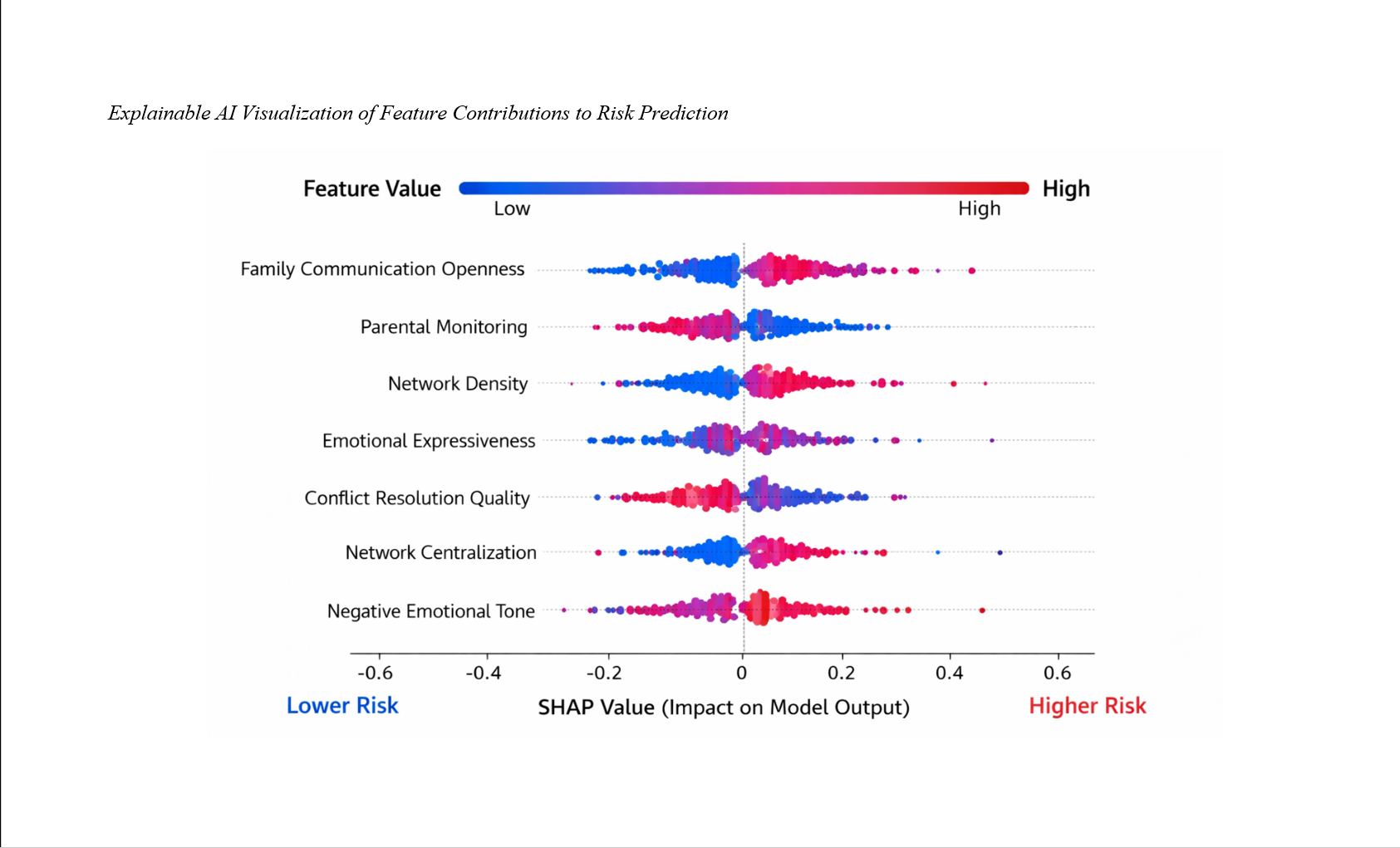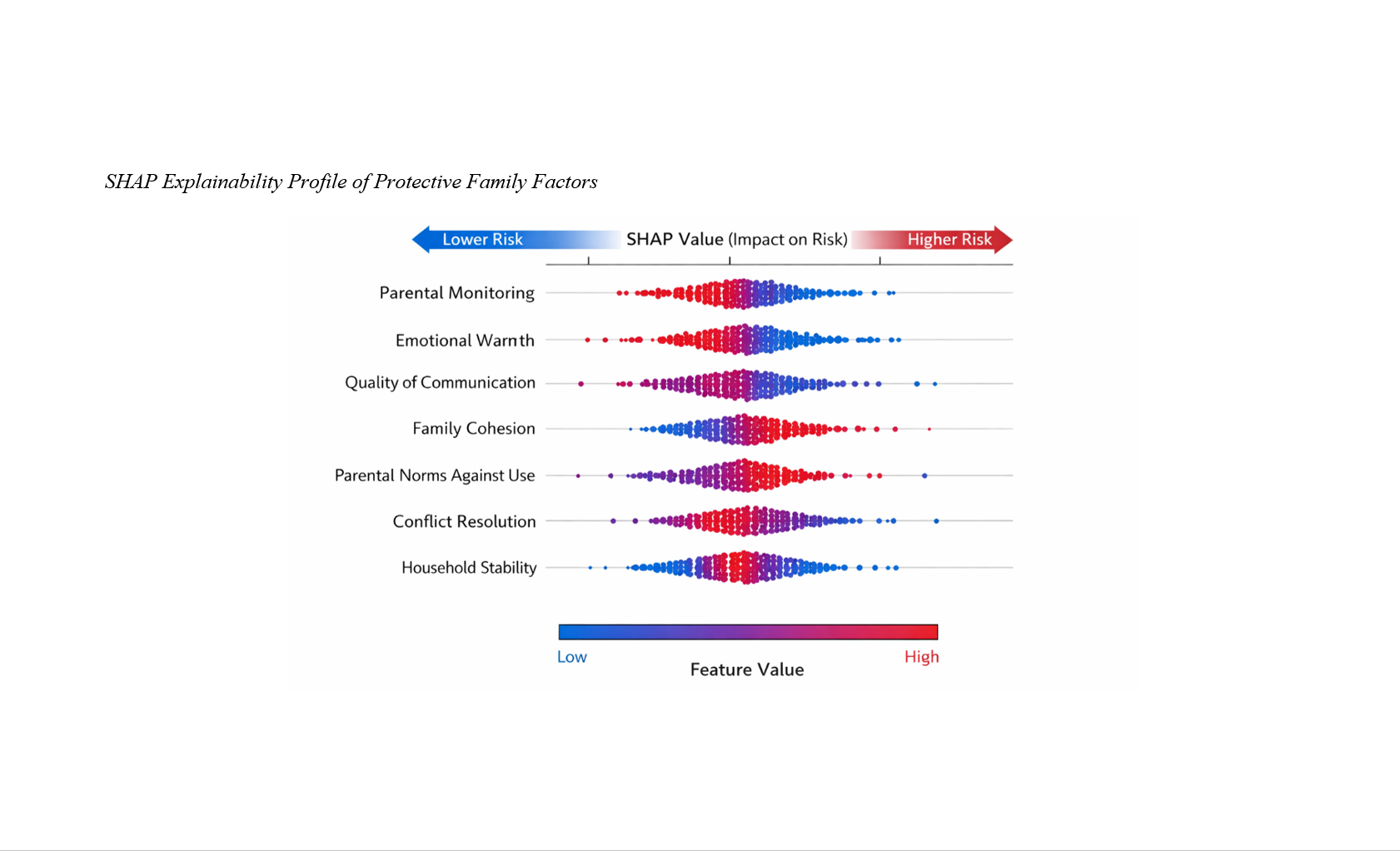
About the Journal
- E-ISSN: 3041-8798
- Director in Charge: Dr. Seyed Ali Darbani
- Editor-in-chief: Dr. Shokoh Navabinejad
- Associate editor: Dr. Seyed Ali Darbani
- Owner: Iranian Association for Women's Studies
- Publisher: KMAN Publication Inc. (KMANPUB)
- Contact Email: aftjournal@gmail.com / aftjournal@kmanpub.com
- Open Access: YES
Applied Family Therapy Journal is a scientific open access double-blind anonymous open (since 2024) peer-reviewed journal publishing original articles, reviews, short communications and scientific reports of a high scientific and ethical standard in psychology, counseling and related academic disciplines. This journal is published four times per year in English by Iranian Association for Women's Studies and KMAN Publication Inc. (KMANPUB).
Since 2024, this journal only accepts and publishes articles in English and no longer publishes Persian articles.
The research fields and topics within the activity framework of AFTJ include:
- Family counseling and couple therapy
- Women counseling
- Children and adolescent counseling
- Rehabilitation counseling in the field of family
- Marriage and youth counseling
- Divorce counseling
- Children and adolescent counseling
- Counseling about addiction in the family
About the Publisher
Publisher: KMAN Publication Inc.
Publisher Office: Unit 5‑10825 Yonge St, Richmond Hill, Ontario, Canada, L4C 3E3
https://journals.kmanpub.com
Email: kmanpu@kmanpub.com
Telegram: +1 (647) 656‑4401 | WhatsApp: +1 (437) 429‑3507
Germany Office: Dratelnstrasse, Wohnung A60, 21119 Hamburg, Germany (+4915207720487)
Current Issue











































